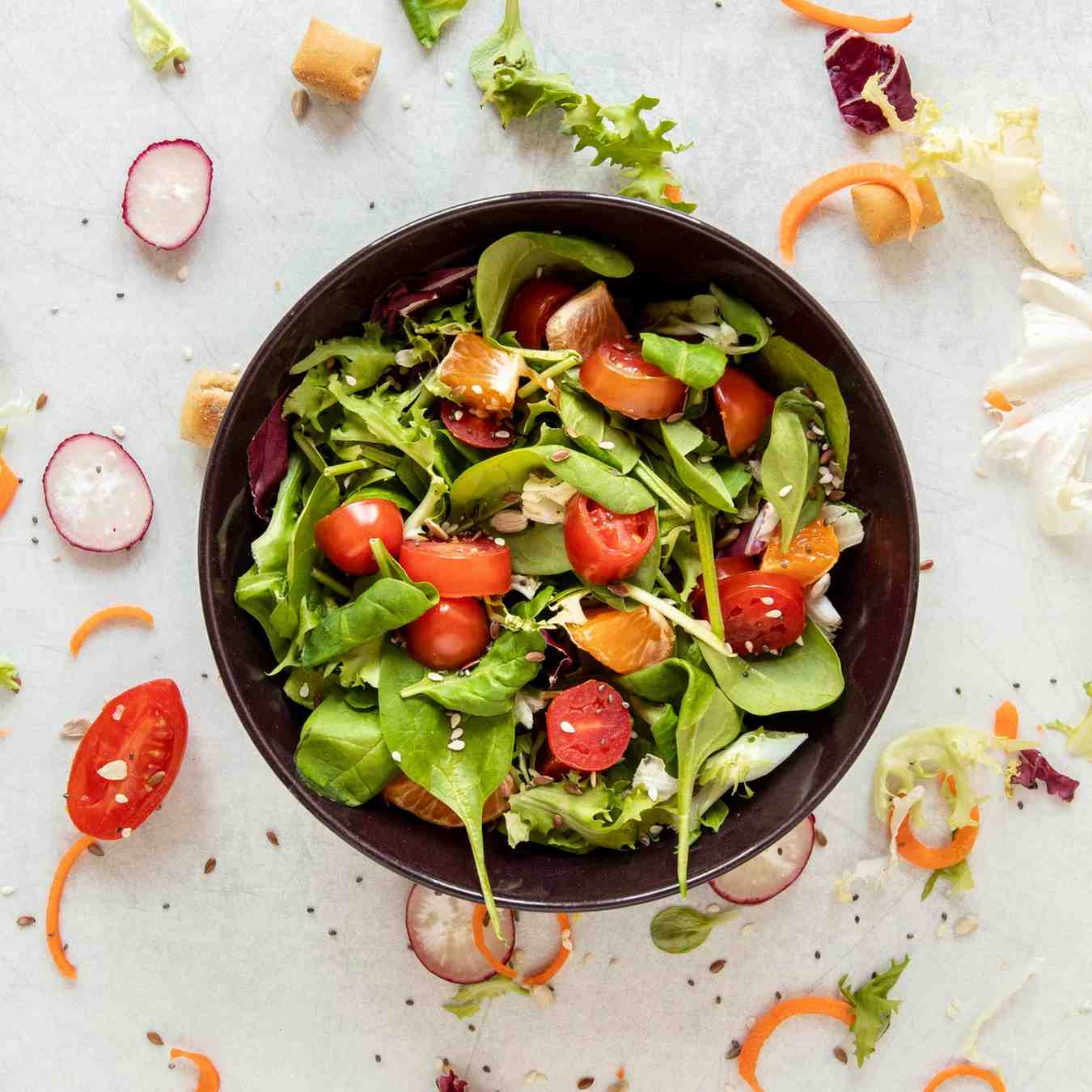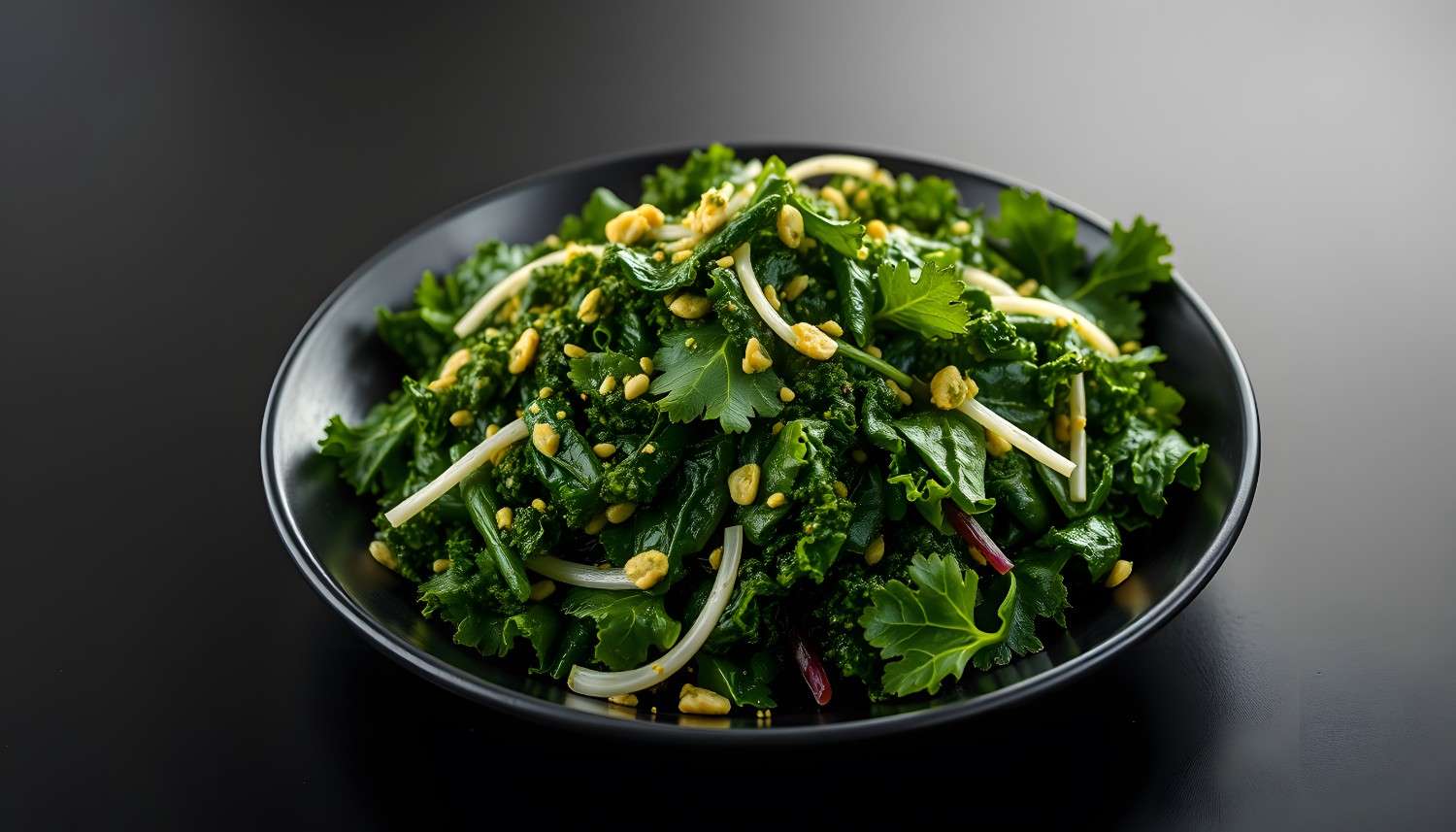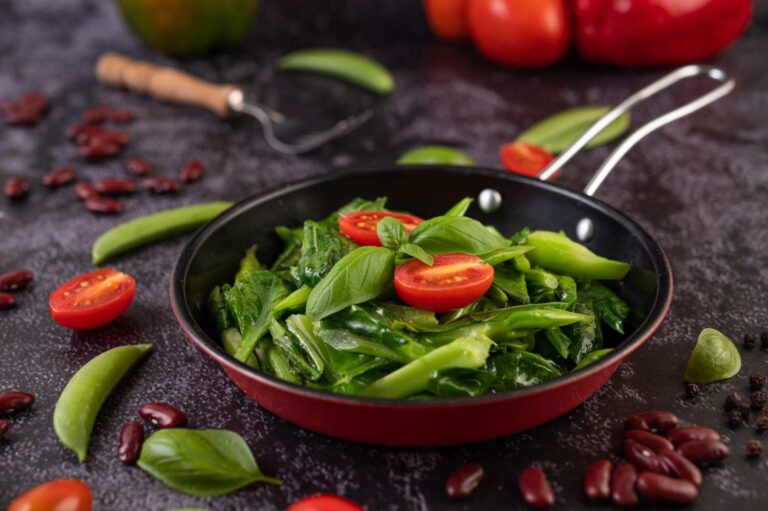The first time I learned to cook mustard greens, I was surprised at their pungent, peppery flavor. Leafy greens like them are a Southern favorite but also show up in Indian, Chinese, and African cooking. The secret is cooking them properly—balancing all that bitter spiciness with the proper cooking method and spices. In this guide, I’ll take you through it all: what they taste like, how to purchase and clean them, and five easy ways to get them shining.
What Do Mustard Greens Taste Like?
Mustard greens are more bitter, more pungent than turnip or collard greens. Raw, they can be nearly wasabi-like on the tongue. Cooking mellows that punch, particularly when you include rich fats (such as bacon or olive oil) and a touch of acidity (vinegar, lemon, or hot sauce). This balance is why they’re commonly served with cornbread, beans, or pork in Southern cuisine.
Buying and Storing Mustard Greens
Select bunches with fresh, green leaves and rigid stems. Green leaves and limp spots on greens are to be avoided.
To store: loosely wrap them in a moist paper towel, put them in a holey plastic bag, and refrigerate. Use within three to five days for optimum flavor.
How to Clean Mustard Greens
Mustard greens retain a lot of grit. Here’s the best method for cleaning them:
- Fill a big bowl or sink with cold water.
- Immerse the greens and swirl them. The dirt will settle to the bottom.
- Pick out the greens, drain the water, and repeat until there is no grit left.
- Dry on paper towels or spin in a salad spinner.
Strip thick stems if you like a less crunchy bite, but many Southern cooks do not for added texture.

How to Cook Mustard Greens on the Stove
The stovetop is the most old-fashioned method of cooking mustard greens. You can quickly sauté them or simmer them low and slow. For the quick way, sauté olive oil in a pan, sauté garlic or onion, then add chopped greens and sauté until wilted. For the classic simmer, simmer with broth for 30–40 minutes until tender and finish with vinegar to brighten the flavor.
How to Cook Mustard Greens Without Meat
Mustard greens are usually boiled with pork or turkey to make them richer, but they taste great without meat as well. Substitute chicken broth with vegetable broth, and use smoked paprika or liquid smoke for added depth. Olive oil, onions, and garlic are enough for flavor, and a final squeeze of lemon juice cuts bitterness.
How to Cook Mustard Greens in an Instant Pot
For hectic evenings, the Instant Pot is a lifesaver:
- Put broth, seasoning, and washed greens in the pot.
- Pressure cook on high for 5 minutes.
- Quick release, stir, and season with vinegar or hot sauce.
These tender greens take a fraction of stovetop time.
How to Cook Mustard Greens in a Slow Cooker
The slow cooker yields deep, intense-tasting greens with minimal fuss:
- Place cleaned greens, broth, onions, garlic, and seasonings in the slow cooker.
- Add smoked meat if desired, or keep it vegetarian.
- Cook on low for 4–6 hours or high for 2–3 hours.
By the time you’re ready to serve, the greens will be silky, tender, and infused with flavor.

How to Cook Mustard Greens with Onions
Onions are a complementary natural mate for mustard greens. Sauté diced onions until they are caramelized, then add greens and broth. The natural sweetness of onions coaxes out the bitterness of the greens’ peppery sharpness and creates a gentle, savory side dish. This combination is effective in both short sautés and long braises.
How to Reduce the Bitterness
If mustard greens are too pungent for you, try one of these tricks:
- Blanch first: 2–3 minutes of salted-water boiling, then drain before cooking.
- Balance flavors: Fat (bacon, butter, olive oil) and acid (vinegar, lemon, citrus).
- Add aromatics: Garlic, onion, ginger, or smoked spices soften the edge.
Mustard greens complement cornbread, beans, or roasted meats well.
Serving Ideas and Leftovers
Leftovers may be refrigerated for up to three days. Reheat them slowly on the stovetop or add them to soups, stews, omelets, or grain bowls. Cooked greens can be frozen for up to three months in airtight containers.
Frequently Asked Questions
1. Do you remove stems from mustard greens?
It’s a matter of preference. The stems are edible but tougher than the leaves. For quick sautés or stir-fries, trim them out. For slow braises, leaving them in adds texture and flavor.
2. How long does it take to cook mustard greens?
It depends on the method. Sautéing or stir-frying takes 10–15 minutes. Braising or simmering Southern-style takes 30–40 minutes. In the Instant Pot, they cook in just 5 minutes under pressure.
3. How can you reduce mustard greens from being bitter?
Blanching ahead of cooking makes a difference, and so does balancing them with full-fat dairy or other rich fats, as well as acids. A sprinkling of vinegar or lemon juice at the end livens up the flavor and cuts bitterness.
4. Can you freeze cooked mustard greens?
Yes. Chill them through, put in airtight containers, and store in the freezer for up to three months. Heat on the stovetop or add straight into soups and stews.
Bringing It All Together
The art of cooking mustard greens is all about accepting their strong flavor while applying the correct techniques to balance them. Whether you pan-fry them with onions, braise them for comfort, or keep it meat-free, these greens can become a delicious and versatile staple in your kitchen. And if you like getting to know other robust staples, try combining mustard greens with wholesome grains such as millet—it provides a nutty taste and added nutrition to complete the meal. Naturally, such traditional favorites as black-eyed peas and collards are ideal partners on the plate.

